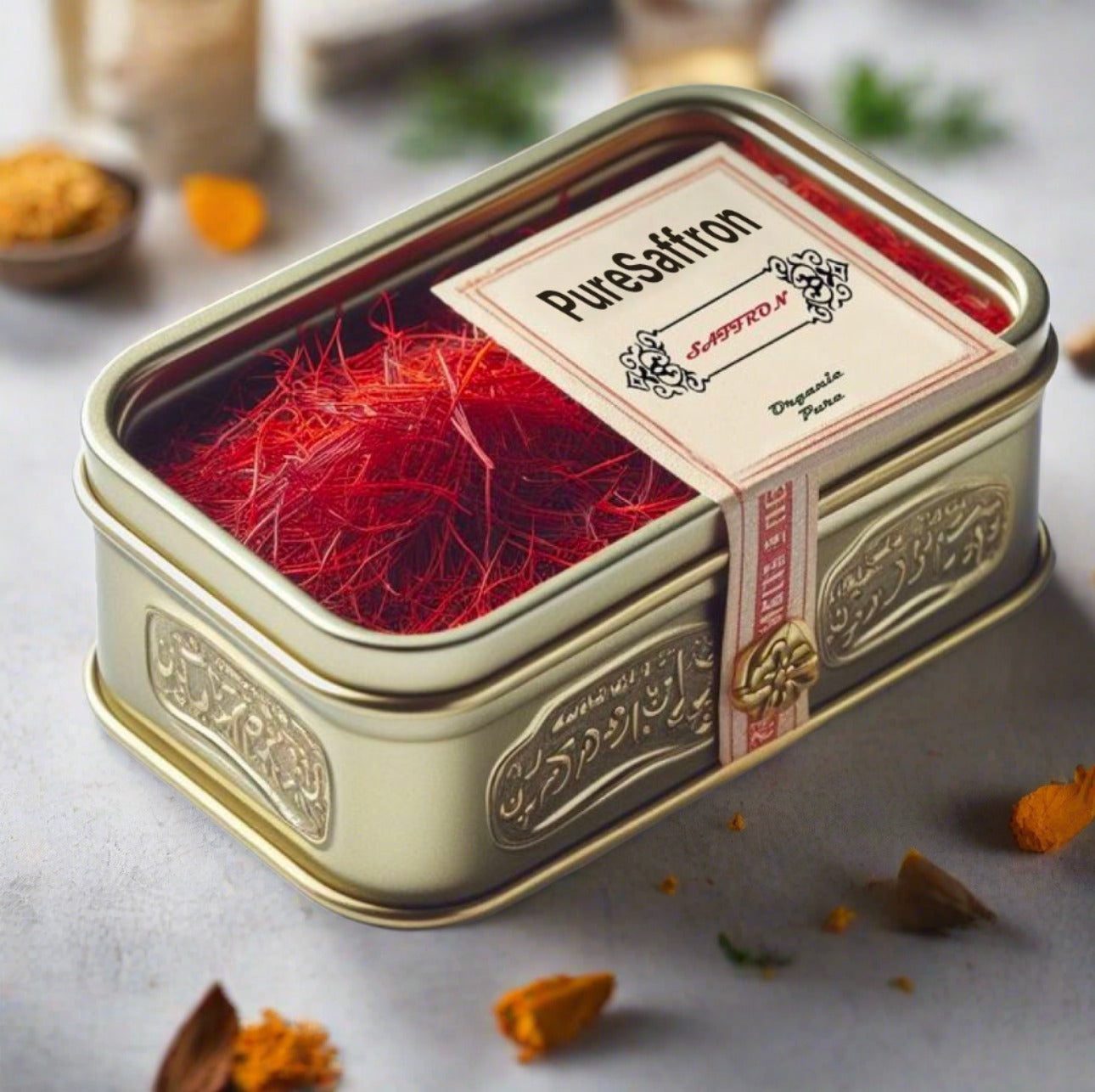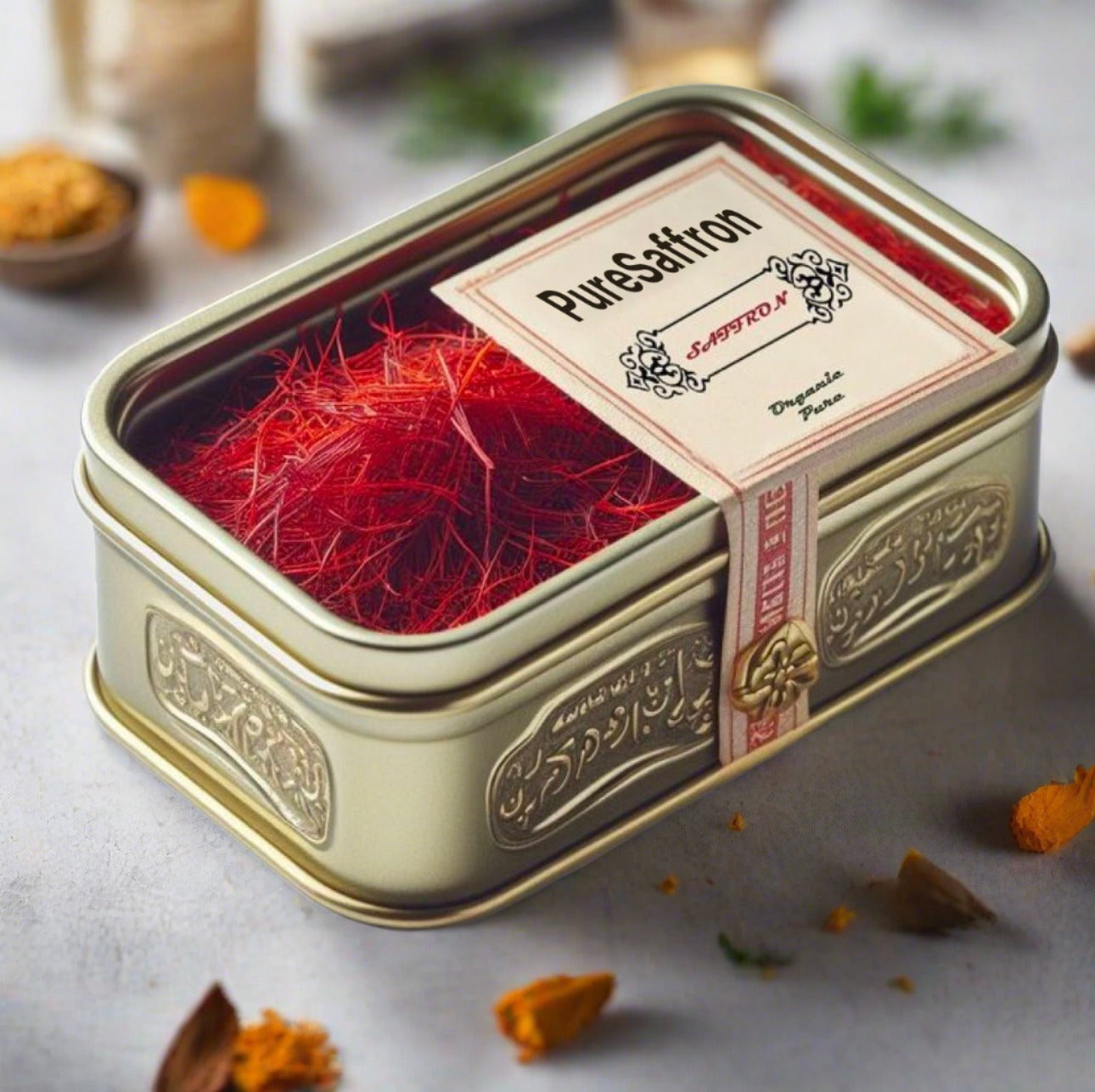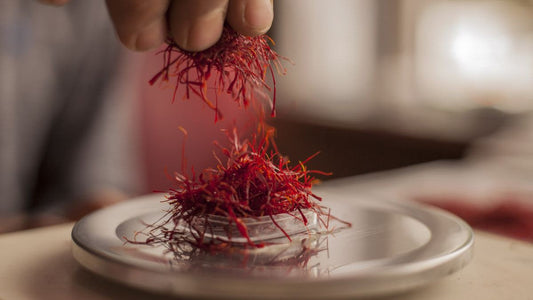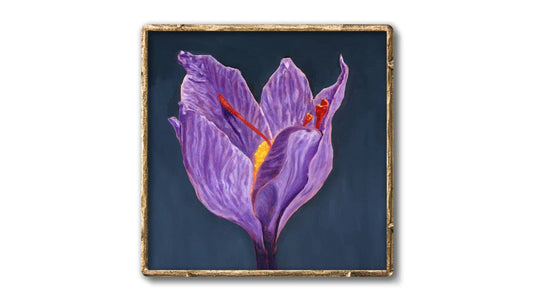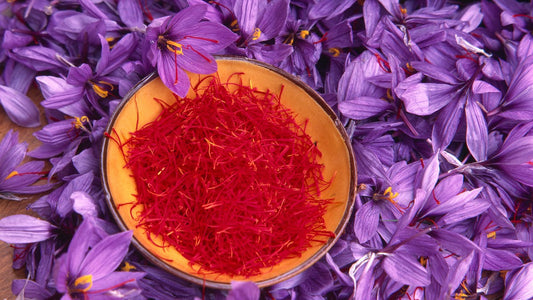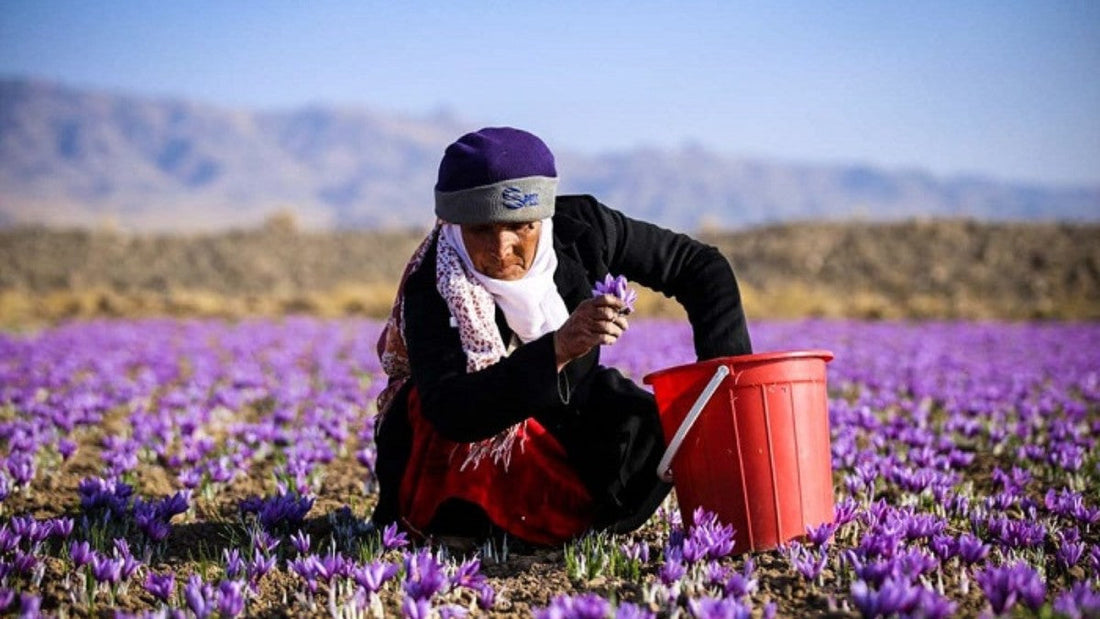
Saffron in Persian Traditions: A Glimpse into History & Culture
Ara OhanianShare
Few spices in the world carry the mystique, luxury, and cultural significance that saffron does. Referred to as "red gold," saffron has played a pivotal role in Persian traditions for centuries. From its use in royal feasts to its presence in ancient medicinal practices, saffron is deeply woven into the fabric of Persian heritage. But what makes this spice so special, and how has it shaped Persian culture over the ages? Let’s take a closer look at the fascinating role of saffron in Persian traditions.
The Origins of Saffron in Persia
Persia, known today as Iran, is considered one of the oldest homes of saffron cultivation. Historical records suggest that saffron has been cultivated in this region for over 3,000 years. The climatic conditions of eastern Iran, particularly in the Khorasan Province, are ideal for growing saffron, making it one of the largest producers of this luxurious spice in the world.
In ancient Persia, saffron was more than just a spice; it was a symbol of wealth, beauty, and spirituality. Persian poets and scholars often referenced saffron in their works, praising its vibrant color, exquisite aroma, and therapeutic properties. It was even used to dye royal robes and tapestries, further emphasizing its importance in Persian culture.
Saffron in Persian Cuisine
Persian cuisine is celebrated for its intricate flavors and aromatic dishes, and saffron is at the heart of many of these culinary masterpieces. Its rich golden hue and subtle floral notes elevate everyday dishes into extraordinary experiences. Some classic Persian dishes that feature saffron include:
- Chelo Kebab: A quintessential Persian dish where saffron rice is served alongside succulent kebabs.
- Shole Zard: A traditional Persian saffron rice pudding that's sweetened with sugar and flavored with rosewater.
- Fesenjan: A rich pomegranate and walnut stew often enhanced with a hint of saffron.
- Persian Tea: Saffron threads are sometimes added to black tea for a luxurious twist.
For Persians, saffron is not merely an ingredient but a celebration of life. It reflects the hospitality, warmth, and artistry that Persian culture is known for.
Saffron in Persian Medicine
Beyond its culinary uses, saffron has long been revered in Persian traditional medicine. Ancient Persian physicians, such as Avicenna, documented the medicinal properties of saffron in their works. Saffron was believed to have numerous health benefits, including:
- Boosting mood and alleviating symptoms of depression.
- Improving digestion and reducing stomach discomfort.
- Enhancing memory and cognitive function.
- Acting as a natural aphrodisiac.
- Providing relief from menstrual discomfort.
Even today, many of these claims are supported by modern research, making saffron a popular ingredient in both traditional and contemporary health remedies.
Saffron in Persian Art and Spirituality
In Persian art and spirituality, saffron has held a unique position. Its golden hue was often used as a natural dye for creating vibrant textiles and paintings, many of which adorned palaces and mosques. The use of saffron in perfumes and incense also made it a key element in Persian spiritual rituals and celebrations.
One of the most notable uses of saffron in Persian traditions is during the celebration of Nowruz, the Persian New Year. Saffron is used in cooking special dishes, symbolizing abundance, prosperity, and joy. Its presence in these festive meals underscores its cultural importance and its association with good fortune.
The Global Influence of Saffron in Persian Traditions
Over centuries, Persia's influence as a cultural and trade hub helped spread saffron to other parts of the world. The Silk Road, which connected Persia to Europe, Asia, and the Middle East, played a crucial role in introducing saffron to new markets. Persian saffron became synonymous with quality and luxury, and its reputation continues to thrive in global markets today.
Modern consumers who seek authentic Persian saffron often prioritize its purity and rich aromatic profile. If you're looking for the finest saffron sourced directly from Persia, explore our Pure Persian Saffron to experience this timeless treasure.
How to Use Saffron in Everyday Life
Incorporating saffron into your daily routine doesn't have to be complicated. Here are some simple yet effective ways to make the most out of this golden spice:
- Add a few strands to your morning tea or coffee for a luxurious start to your day.
- Use saffron-infused water to enhance the flavor and color of rice dishes.
- Incorporate saffron into homemade desserts like custards, ice creams, or cookies.
- Prepare a soothing saffron face mask for radiant skin.
Remember, a little saffron goes a long way. Just a pinch is enough to transform any dish or experience.
Conclusion
The story of saffron in Persian traditions is one of legacy, artistry, and reverence. From its origins in ancient Persia to its enduring presence in modern kitchens and medicine cabinets, saffron remains an integral part of Persian culture and heritage. Its vibrant color, enchanting aroma, and multitude of uses make it a spice like no other.
Whether you're a culinary enthusiast or someone curious about ancient traditions, exploring the world of Persian saffron is a journey worth taking. If you're ready to experience the magic of Persian saffron, you can browse our premium collection of saffron here.
FAQs About Saffron in Persian Traditions
-
1. Why is saffron so important in Persian culture?
Saffron is deeply rooted in Persian traditions due to its historical, cultural, and economic significance. It has been used in cuisine, medicine, art, and spiritual rituals for thousands of years. -
2. What dishes in Persian cuisine use saffron?
Popular dishes include Chelo Kebab, Shole Zard, Fesenjan, and saffron-infused Persian tea, among others. -
3. Where is saffron primarily grown in Iran?
The Khorasan Province is the main region for saffron cultivation due to its optimal climate and soil conditions. -
4. Does Persian saffron have health benefits?
Yes, saffron is believed to improve mood, enhance memory, aid digestion, and offer other health benefits. These properties are recognized in both traditional and modern medicine. -
5. How can I ensure I'm buying authentic Persian saffron?
Always purchase from reputable sources that specialize in pure Persian saffron, such as PureSaffron, to ensure quality and authenticity.
